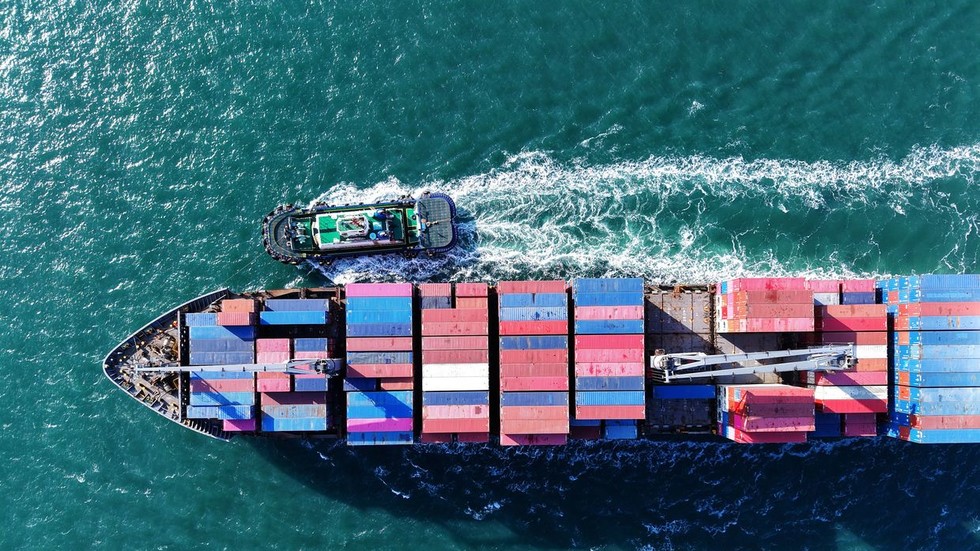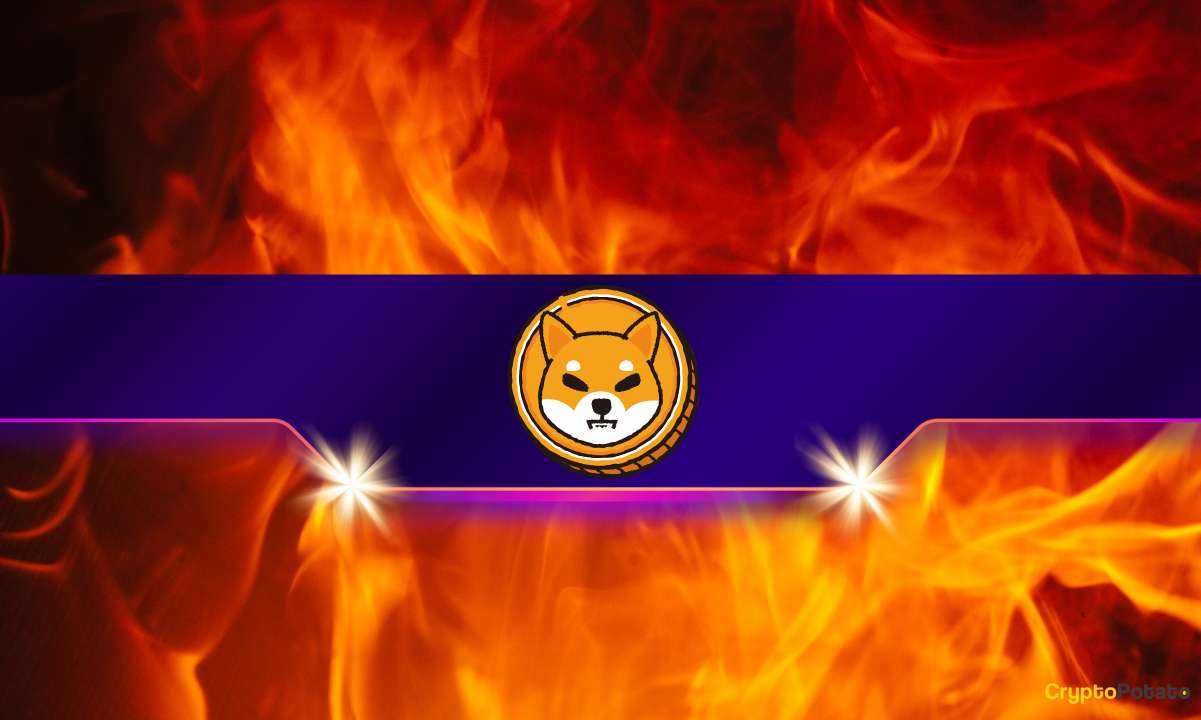China has gone up against the US in an aerospace race as its state-owned aircraft manufacturer unveils blueprints for a new supersonic jet that can fly further and more quietly than Concorde.
The Comac C949 will fly 1.6 times faster than the speed of sound and at a range that is 50 per cent greater than that of retired Concorde, aerodynamicists detailed in an research paper published earlier this month, the South China Morning Post reports.
Engineers are working to make the jet significantly quieter than its predecessor, with its sonic booms measuring at only 83.9 perceived level in decibels (PLdB) - the noise level that a standard hair dryer typically operates at.
But Comac will have to compete against NASA and several American start-ups that are also racing to create a jet to replace the Anglo-French Concorde supersonic jet, which could cross the Atlantic Ocean in just three hours.
Massachusetts based Spike Aerospace is working to develop its own 1.6-mach jet - the S-512 Supersonic Diplomat jet - which can fly 300miles further than the C949.
Boom Supersonic, headquartered in Denver, successfully carried out a test flight of its Overture XB-1 jet, which can fly 1.7 faster than the speed of light but only has a range of 4,888 miles.
Comac hopes to have the C949 in service by 2049, coinciding with the 100th anniversary of the People's Republic of China, according to reports.
The company also has plans to create 'space-air hybrid vehicles' as explores new possibilities in both air and space travel, something that is likely to upset US President Donald Trump. He created America's Space Force during his first presidential term and continues to view space as being vital to national security.
China has gone up against the US in an aerospace race as its state-owned aircraft manufacturer unveils blueprints for the Comac C949, which will fly 1.6 times faster than the speed of sound and at a range that is 50 per cent greater than that of retired Concorde
The final British Airways Concorde flight lifts off from John F. Kennedy Airport in New York on its final voyage to London, 24 October 2003
Concorde's first, non-stop transatlantic flight in 1973 was the stuff of science fiction. The jet's sprint from Washington DC to Paris took three and-a-half hours. Today's Boeings cover that distance in more than twice that time.
The sleek, supersonic, 203-foot tailless bird burned 6,771 gallons (25,629 litres) of fuel every hour, meaning that it could reach a cruising velocity of twice the speed of sound, or 1,350mph.
The 100-seater planes were one of the most advanced aircraft ever to fly passengers around the world with just 20 built over a 15-year period.
But in July 2000 an Air France Concorde en route from Paris to New York crashed shortly after take-off due to an engine fire, killing all 109 people on board as well as four people on the ground.
About three-years later it was announced that Concorde would be taken out of service due to a sharp dip in passenger numbers amid global economic problems and the aftermath of the 9/11 terror attacks.
Aircraft manufacturers are looking to design Concorde's replacement with American officials now racing against China to do so.
Boom Supersonic CEO Blake Scholl officially declared an aerospace race with Beijing in a tweet over the weekend, saying: 'A'ight folks, it's no surprise, but China has now officially entered the supersonic race. Game on. Let's beat 'em.'
Scholl's company successfully launched a test flight of its XB-1 aircraft on January 28 this year, reaching speeds of 850mph, Boom Supersonic reports.
Boom Supersonic, headquartered in Denver , successfully carried out a test flight of its Overture XB-1 jet, which can fly 1.7 faster than the speed of light but only has a range of 4,888 miles
Massachusetts based Spike Aerospace is working to develop its own 1.6-mach jet - the S-512 Supersonic Diplomat jet - which can fly 300miles further than the Comac C949
It broke the sound barrier three times without once generating a sonic boom that reached the ground.
Scholl, at the time, touted that the test flight confirmed that 'supersonic travel can be affordable, sustainable, and friendly to those onboard and on the ground'.
The 201-foot XB-1, which will be able to accommodate 64 to 80 passengers, flew at a top speed of Mach 1.12 during it's test flight - but is reportedly able to reach speeds of 1.7-Mach.
Boom Supersonic has already secured 130 Overture orders and pre-orders with American Airlines, United Airlines and Japan Airlines.
But the company is still in competition with Spike Aerospace, which is working to develop its own superson jet, the 122-foot S-512 Supersonic Diplomat.
The S-512 is expected to fly at speeds of 1.6-Mach and travel up to distances of 7,100 miles, the company reports. This means the jet could travel from New York City to London in just 3.3 hours.
In addition to being able to travel further than its XB-1 competitor, the S-512 offers travellers a crafted cabin experience, only accommodating up to 18 passengers.
Spike touts its the 'ultimate in comfort' experience with passengers enjoying 'fully-reclining seats, panoramic windows, and a noise-cancelling interior that ensures a serene environment at any speed'.
The S-512 is able to travel the furthest of the three jets, but Comac's C949 may give the jet a run for its money.
Passengers board Concorde at Heathrow airport in preparation to view the solar eclipse at 55,000 feet over the Atlantic Ocean in August 1999
Passengers on board a Concorde during its first public flight in August 1975
The C949 will be able travel at the same speed as the C949, according the research paper reviewed by the South China Morning Post.
But it will be able to accommodate 168 passengers - 40 more than Concorde's maximum capacity - and be able to top distances of 6,800 miles at a time, the report states. If true, the C949 could travel nonstop from Britain to Malaysia.
The C949's design reportedly features a shape-shifting fuselage with a curved 'reverse-camber' midsection that engineers claim 'weakens shock waves' and helps reduce noise.
By reducing the noise and sonic booms, officials hope to be able to 'bypass regulatory barriers' that have banned supersonic flights overland.
The Chinese government started Comac in 2008. The company is currently subject to sanctions from the US government over its links to Beijing.

 By Daily Mail (World News) | Created at 2025-03-31 09:55:19 | Updated at 2025-04-03 02:30:39
2 days ago
By Daily Mail (World News) | Created at 2025-03-31 09:55:19 | Updated at 2025-04-03 02:30:39
2 days ago








